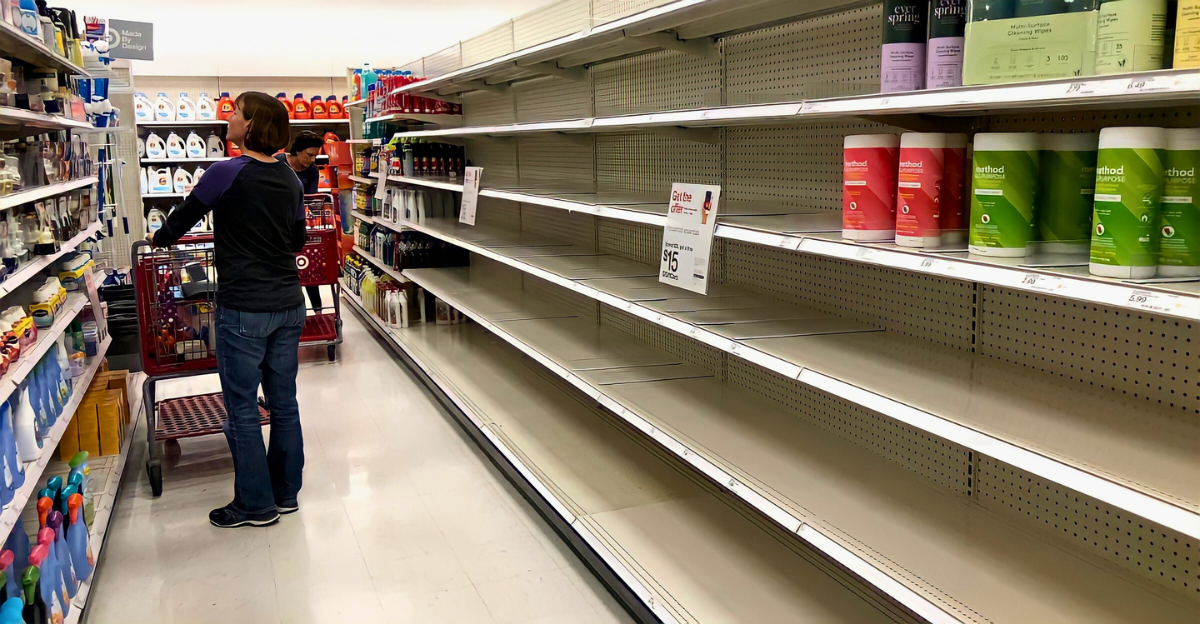
When President Trump signed the “One Big Beautiful Bill Act into law, independent grocers across America readied themselves for significant disruption. This legislation represents the largest cuts to the Supplemental Nutrition Assistance Program (SNAP) in its 86-year history, directly targeting the aid that supports over 42 million Americans.
The potential fallout is staggering in small towns and rural communities, where local grocers often serve as the primary food source. “We see hardworking people using this program to feed their families,” said Jimmy Wright, owner of Wright’s Market in Alabama. The looming question remains: what happens when SNAP dollars run dry for these communities?
Understanding the Ripple Effects
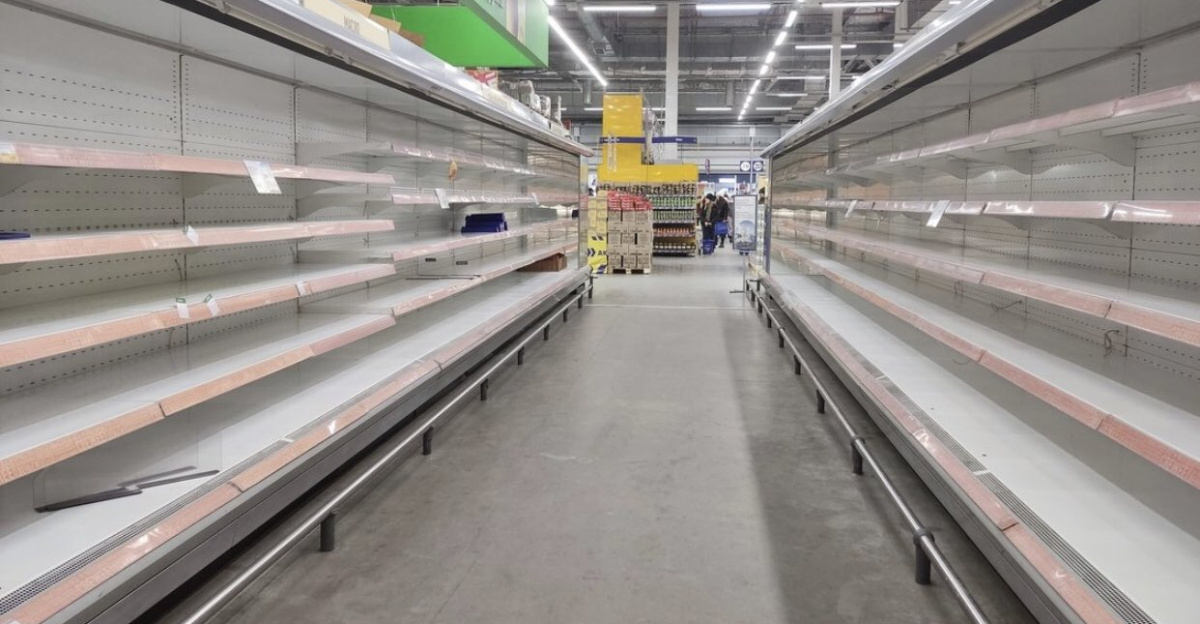
The implications of these cuts extend beyond mere statistics. Local grocers warn that these legislative changes could strip away as much as one-third of their revenue, placing sales and jobs at serious risk. SNAP accounts for approximately 33% of their sales at Wright’s Market, a figure mirrored in many other rural stores.
“If we start dropping in revenue, we’ll have to find ways to compensate for that,” Wright stated. This unfolding scenario could mean higher customer prices, reduced product variety, or even staff layoffs as grocers adapt to a new economic reality.
SNAP: A Vital Safety Net
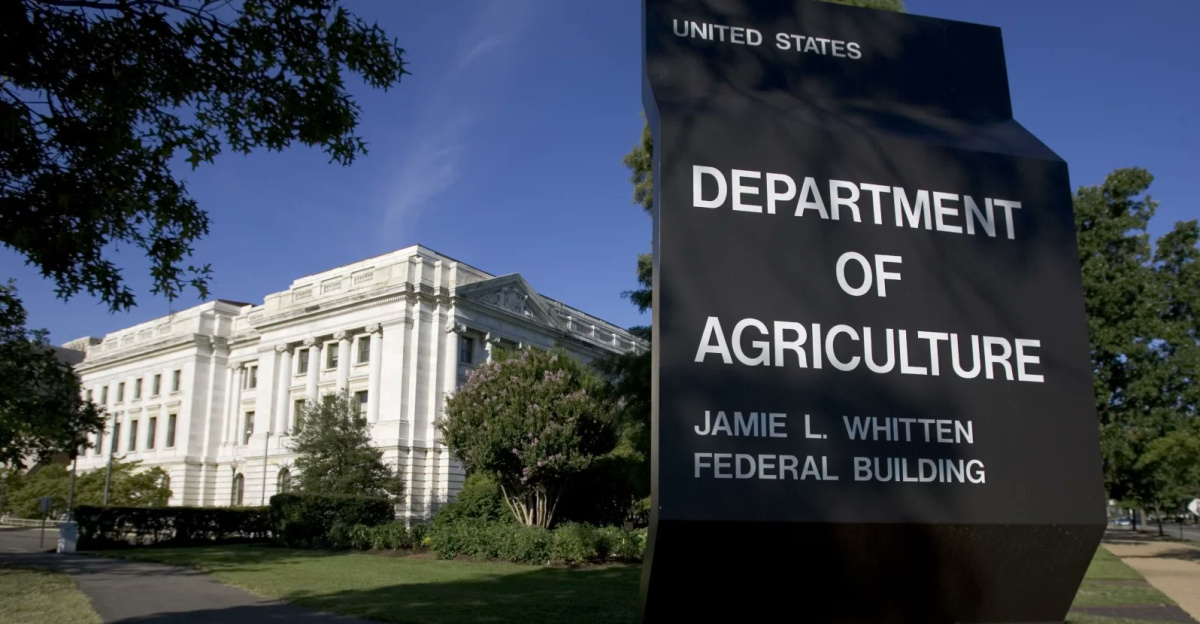
SNAP serves to aid families and acts as a critical economic engine, especially in low-income and rural areas. According to the U.S. Department of Agriculture, every $5 in new SNAP benefits creates up to $9 in local economic activity. This spending has historically helped grocers survive downturns, preserving stores and jobs during challenging economic times.
Analysts argue that SNAP’s integration of government assistance into private retail is crucial for maintaining business viability in areas with limited alternatives. The new law seems poised to overturn decades of support that these communities depend on.
Squeezing the Sector
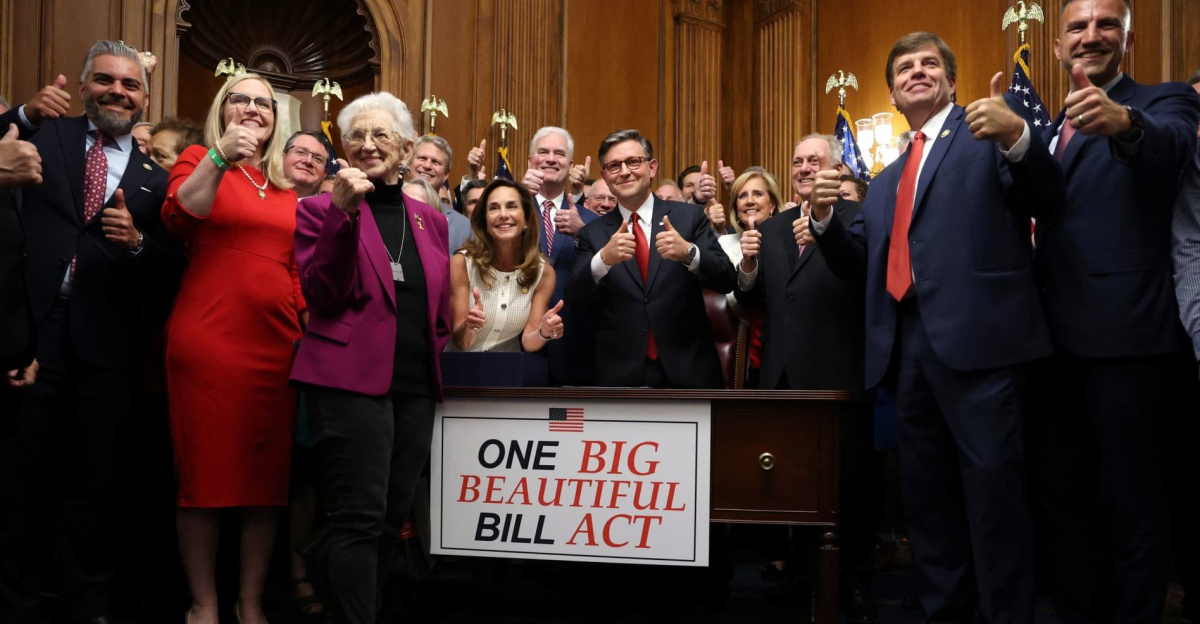
The impact of the “One Big Beautiful Bill Act” is already reverberating through small and independent grocery stores, many of which are the sole food retailers in their towns. Progressive researchers have identified at least 27,000 retailers in rural areas as highly vulnerable to the impending SNAP cuts.
While larger chains like Walmart may be able to weather the storm, for independent grocers with razor-thin profit margins, SNAP isn’t merely a revenue stream; it’s a lifeline. “If we don’t make it through, we could see a rise in food deserts where options for fresh food just don’t exist,” warned Wright.
The Breaking Point

The stark reality is this: Trump’s bill is projected to slash federal spending on SNAP by an estimated $187 billion over the next decade, according to the nonpartisan Congressional Budget Office. With cuts beginning in July 2025, expanded work requirements for recipients may push thousands off food assistance entirely.
The immediate pressure on grocers cannot be overstated; the Commonwealth Fund estimates that the cuts could endanger as many as 143,000 jobs across the food industry, especially in agriculture, food processing, and retail grocery. “The bill is already making waves; we feel it daily,” Jimmy Wright emphasized.
Rural Fallout and Small Grocers
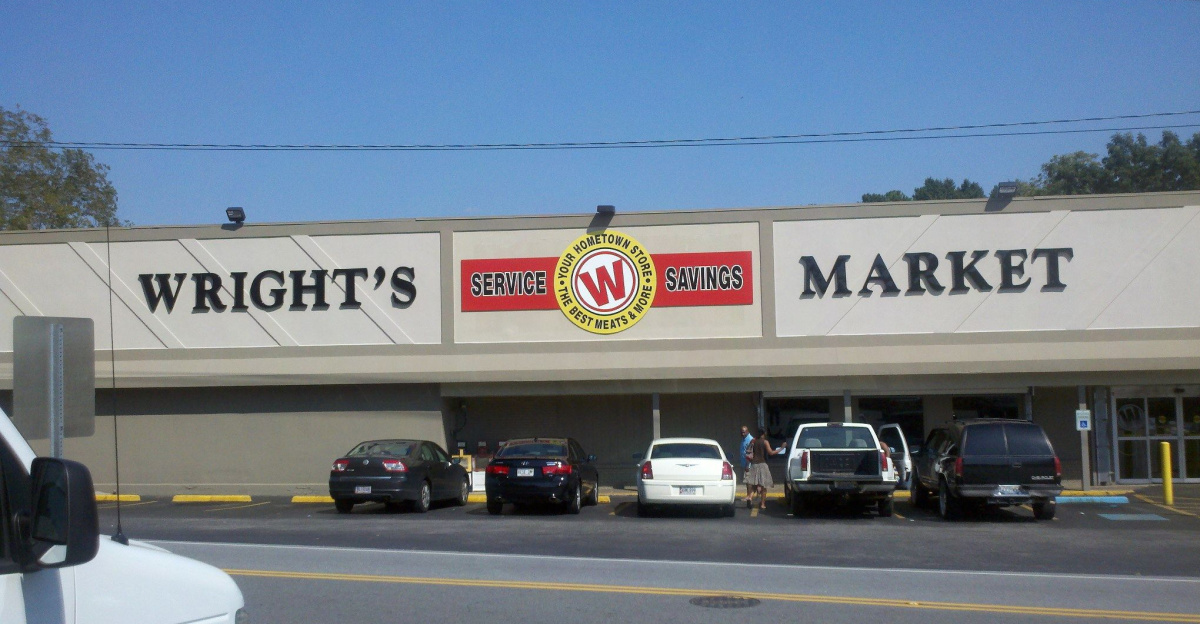
The effects of these cuts hit rural communities hardest. SNAP shoppers constitute a vital customer base at Wright’s Market in Opelika, Alabama, a grocery store that has served the community since the 1970s. Small grocers in states like Mississippi and Kentucky echo these concerns, revealing that SNAP cuts will hinder their ability to offer diverse foods.
“It is such a part of stores being able to exist,” Wright reiterated, highlighting SNAP’s essential role in local economies. As funding diminishes, the fear of becoming a “food desert” looms ever larger for affected regions.
Personal Stories of Impact
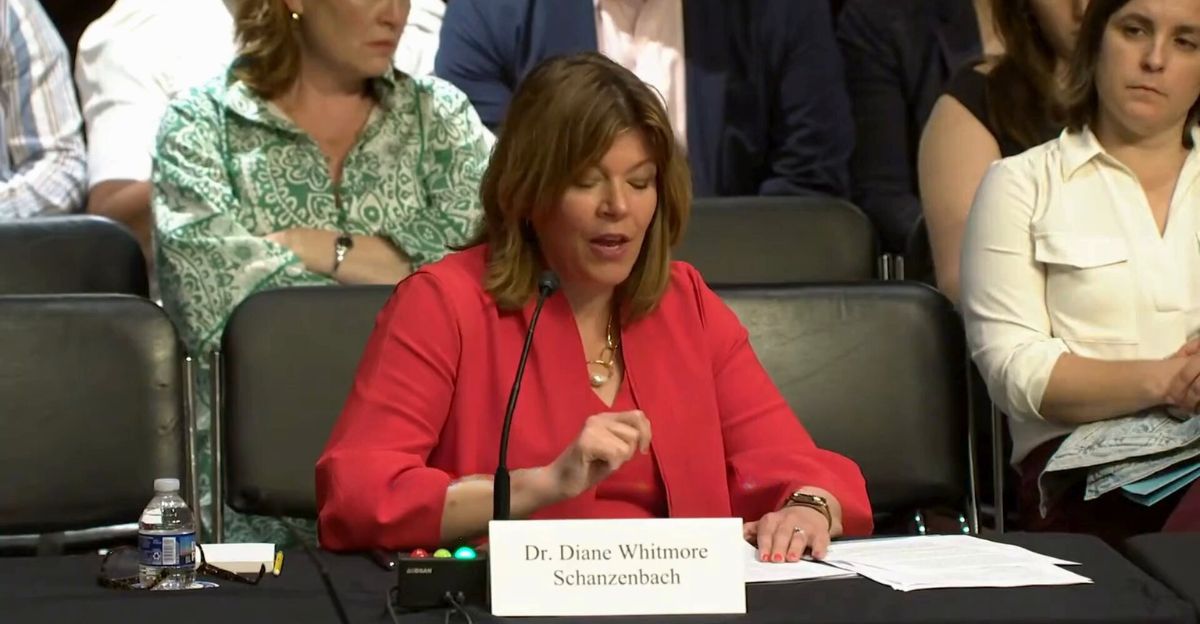
For many store owners, the threat posed by these cuts feels deeply personal. “These folks have huge barriers to work. It’s not that they are just sitting around,” said Diane Whitmore Schanzenbach, an economist at Northwestern University focused on food aid.
At Wright’s Market, their product selection and pricing are tailored with SNAP shoppers in mind, and they even participate in initiatives that help shoppers purchase fresh produce and milk. Without SNAP, store owners like Wright face the impossible choice of raising prices, cutting jobs, or jeopardizing vital community connections.
Viewing the Shifting Grocery Landscape
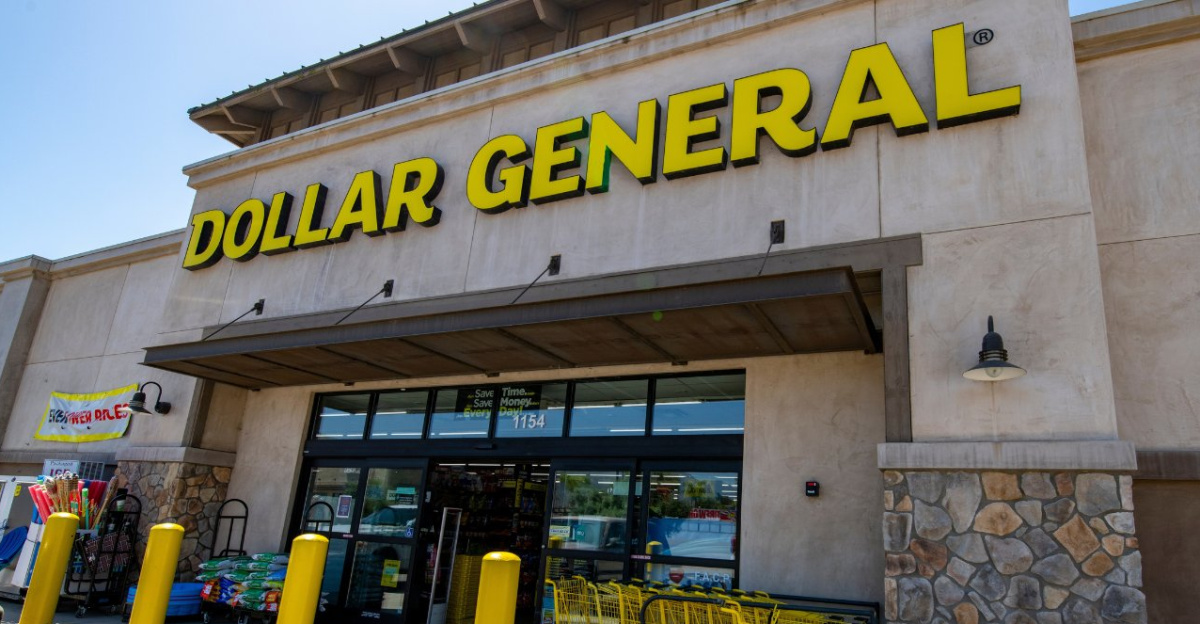
The grocery landscape is evolving rapidly as the repercussions of the cuts unfold. While independent grocers bear the brunt of these changes, larger chains like Walmart, Kroger, and Dollar General possess the scale to absorb declines in SNAP-driven sales more easily.
Industry advocates raise alarms about how these cuts could push small retailers out of business, further consolidating power in “big box” stores. “These changes will harm not just local grocery markets but also impact farmers and wholesalers throughout the supply chain,” an industry representative cautioned.
Navigating Market Dynamics Together
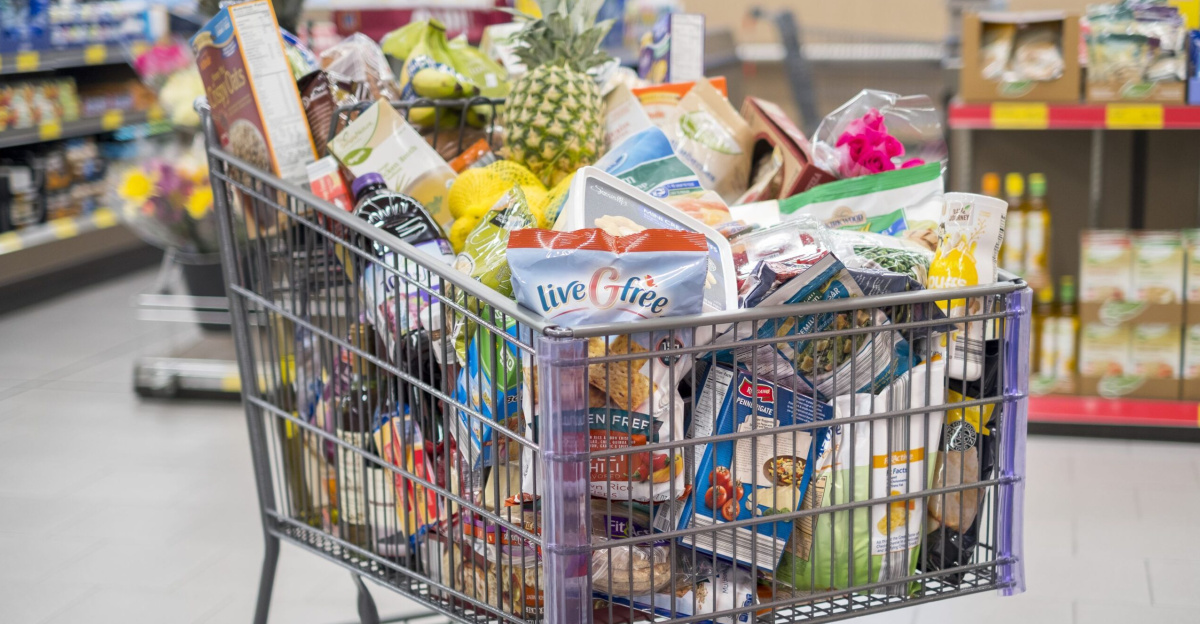
Shifts in the grocery market raise significant questions: Will independent grocers be able to adapt and weather this storm, or are we on the cusp of a wave of local store closures? Store owners and employees are more than just numbers; they represent livelihoods and community spirits that could vanish.
“We need support, not more hurdles, to keep our doors open,” Wright remarked, summarizing the sentiment shared by many in the industry. This pivotal moment holds the potential for profound change in how rural America accesses food.
The Numbers That Matter

The harsh numbers speak for themselves: cuts to SNAP will have enduring consequences on communities nationwide. Small grocers face mounting pressure, while communities fear losing essential retail options. The revenue loss from the cuts isn’t just a threat to small businesses; it has the potential to ripple through the agricultural sector and local economies.
“We need to consider the true cost of these cuts, beyond the budget. It’s about people’s lives,” noted an analyst involved in SNAP studies. As all eyes watch the unfolding events, the stakes have never been higher.
Adapting to an Uncertain Future
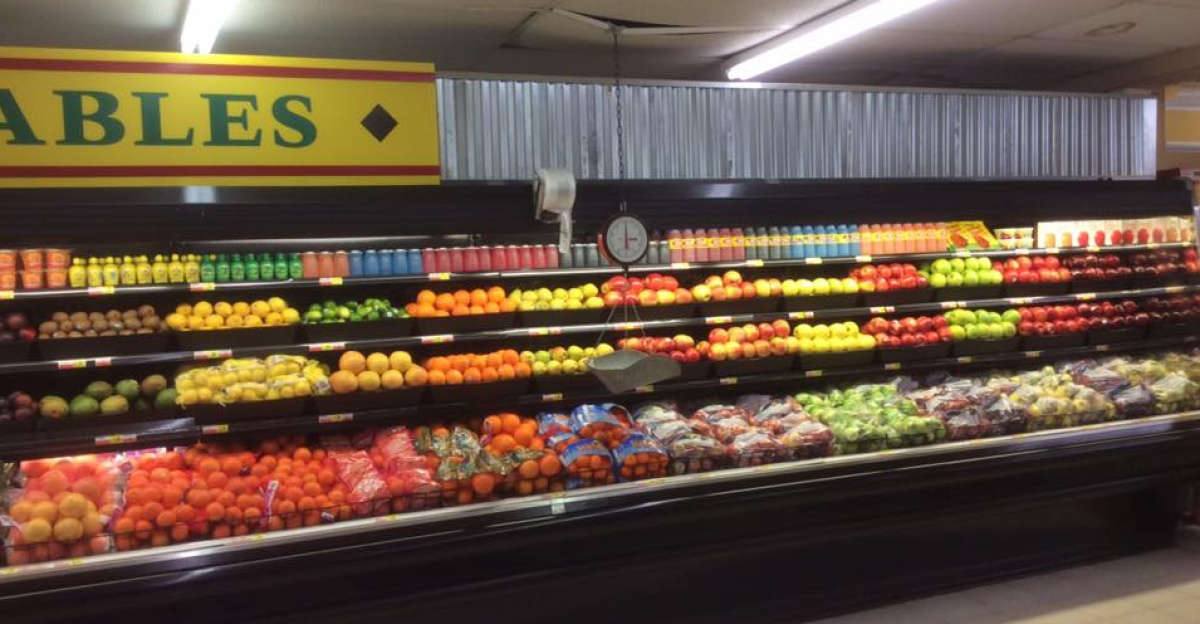
With all these changes on the horizon, grocers are left at a crossroads, facing an uncertain future. Strategies for adaptation include diversifying product offerings and exploring alternative revenue streams, but many lack the resources to pivot effectively.
“In a small town, we’re not just a grocery store; we’re a community hub,” Wright reflected. The looming cuts threaten their businesses and the very fabric of the communities they serve. “It’s a fight for survival, and we’re ready to face it head-on.”
Community Resilience in Focus
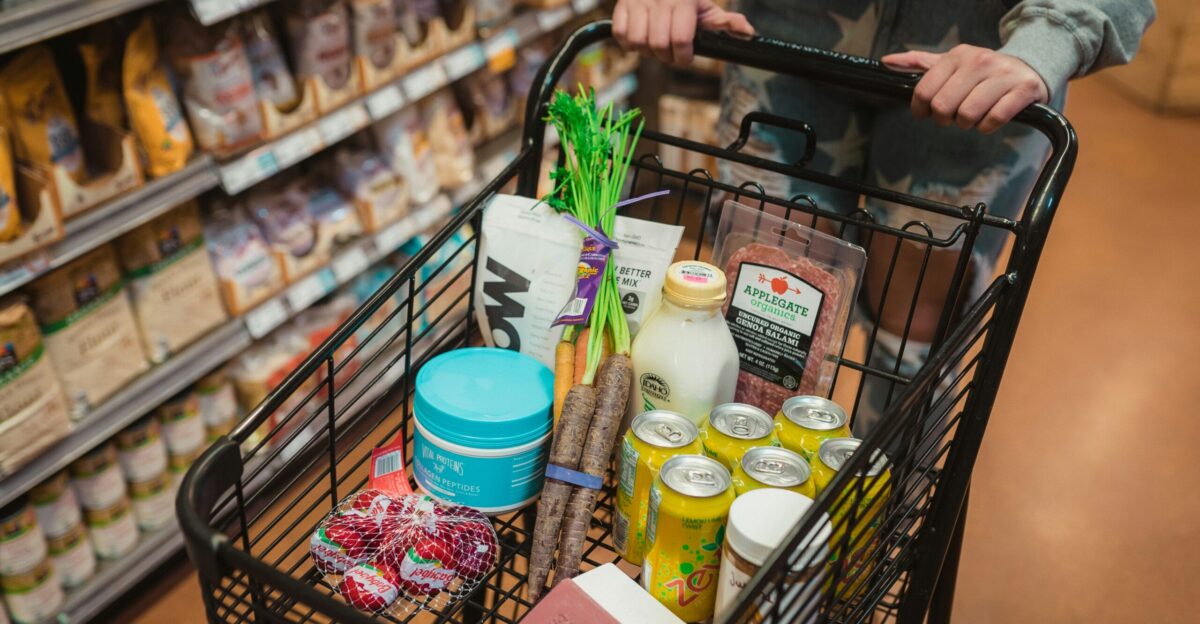
As small-town grocers brace for impact, their resilience shines through. Customers, store owners, and local leaders are banding together, advocating for SNAP preservation and seeking potential solutions. Community-led initiatives prioritizing local purchasing and partnerships can be a crucial lifeline during these uncertain times.
“We need to support each other and remind our representatives of the real impact these cuts have on us,” urged a local farmer who depends on the grocery supply chain. Merging community efforts may counterbalance some adverse effects.
Voices from the Ground: Real Challenges
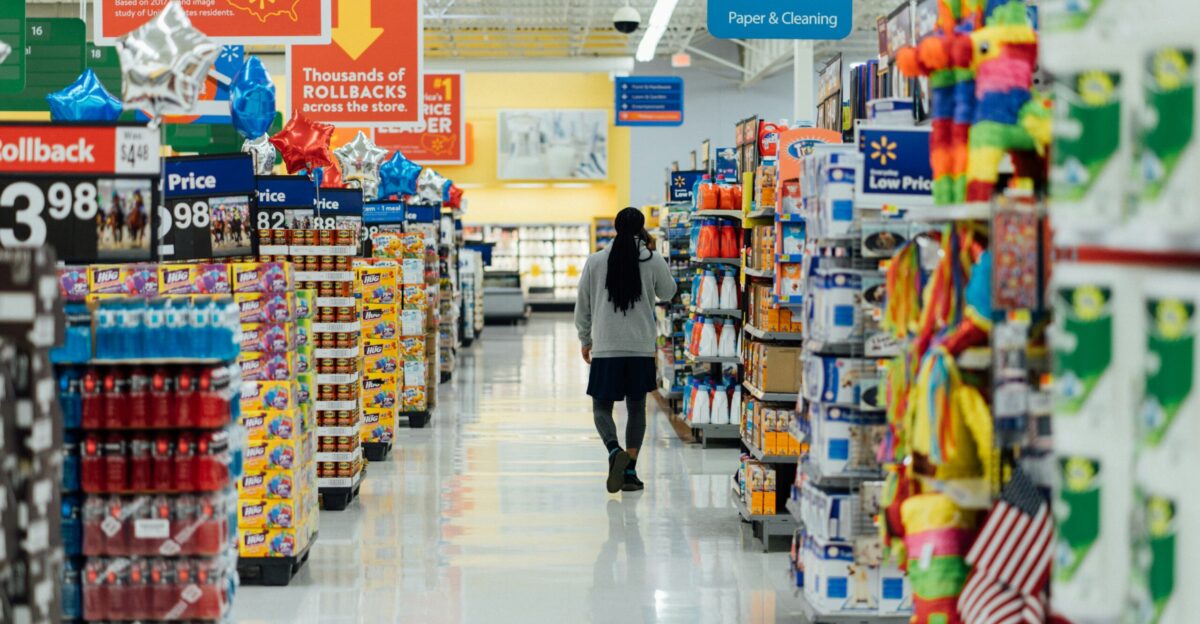
The voices of those directly affected resonate powerfully in this conversation. Customers express their worries about losing access to affordable food, while farmers note the detrimental impact on local crops and markets. “We can’t lose our local stores; they’re the heart of our community,” a long-time customer of Wright’s Market shared.
Such sentiments underscore the vital connection between grocery stores and their communities. As rural America grapples with the changing economic landscape, these stories bring the human element to the forefront, reminding us what’s truly at stake.
The Path Forward: Advocacy and Action
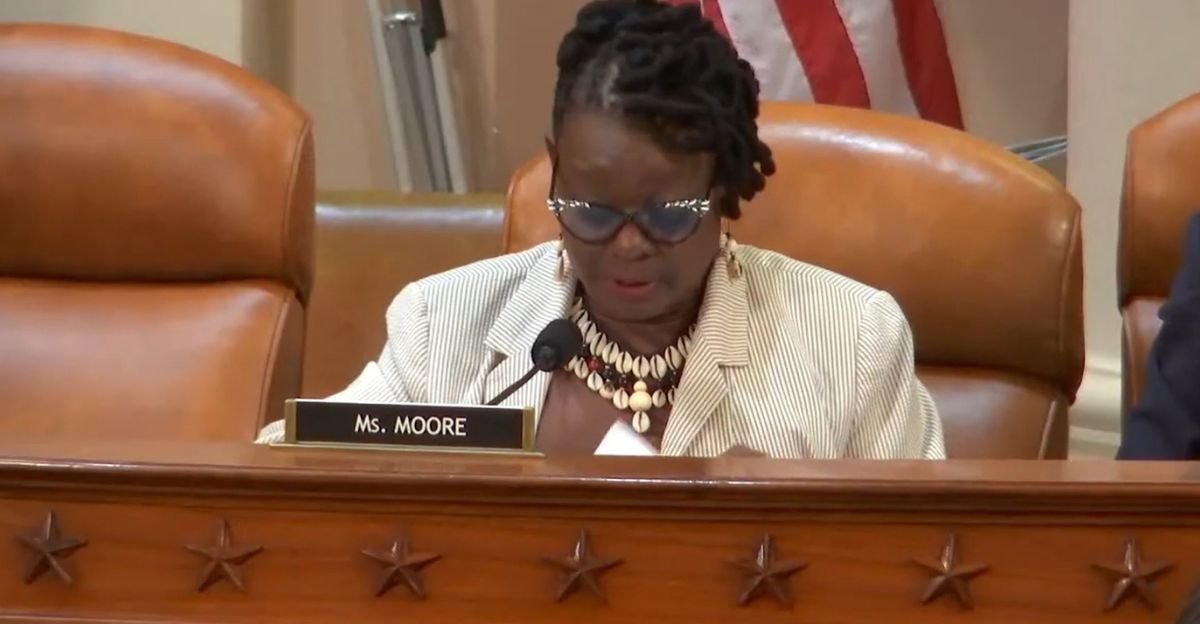
Advocacy plays a crucial role in shaping the response to impending SNAP cuts. Community members, grocers, and local organizations must rally to voice their concerns and seek potential solutions from policymakers.
“Grassroots efforts can drive change; we need to push back against the cuts,” Wright asserted, emphasizing the importance of collective action. While challenges loom, the fight for preserving SNAP and supporting local retailers is far from over.
The Future of Grocery in Rural America
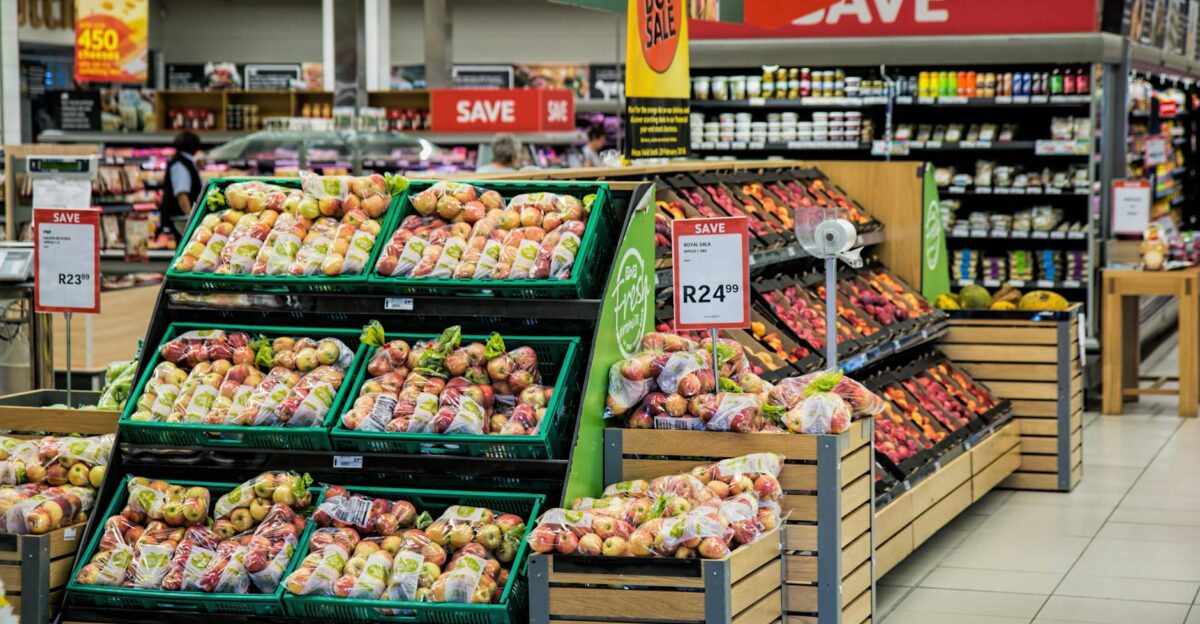
The fate of independent grocers hangs in the balance as new changes take hold. With the risk of increased prices, limited selection, and shuttered stores, communities are facing pivotal challenges. The outcome will determine not only the accessibility of food but also the vitality of local economies.
As Jimmy Wright said, “Food is not just a product; it’s a lifeline, and that lifeline is at risk.” The next chapter in America’s grocery story is yet to be written, but the voices of the communities stand poised to influence its direction.
